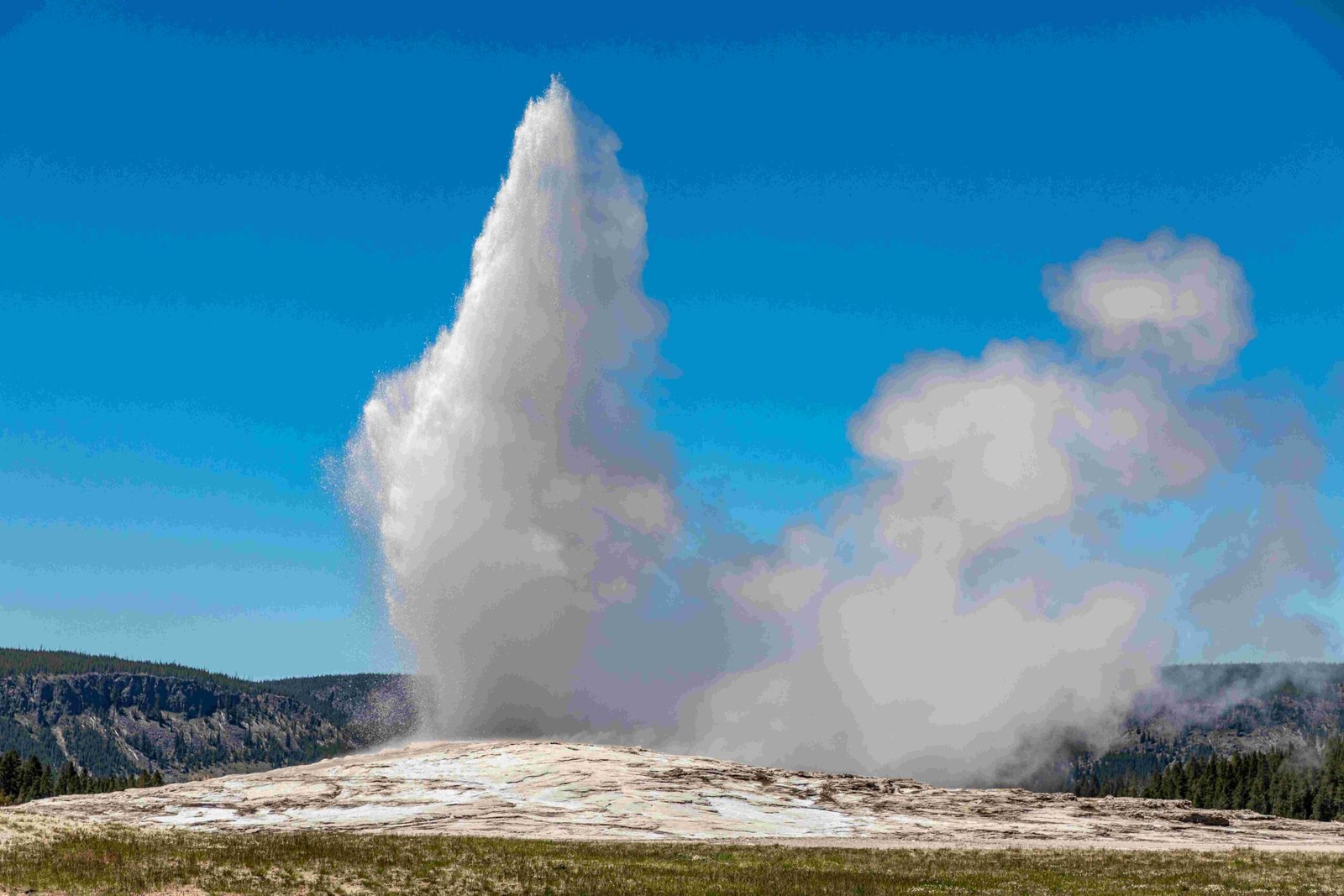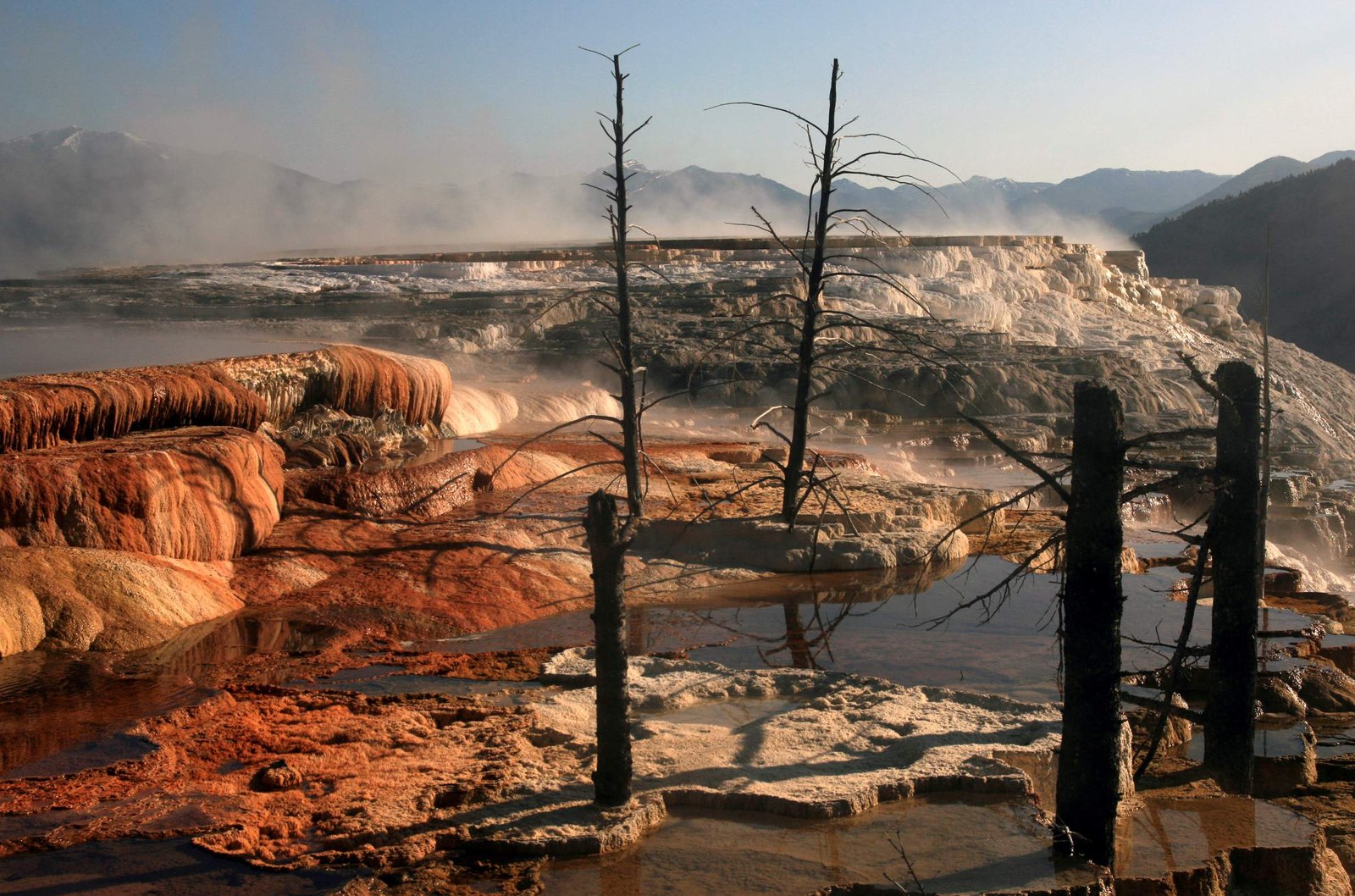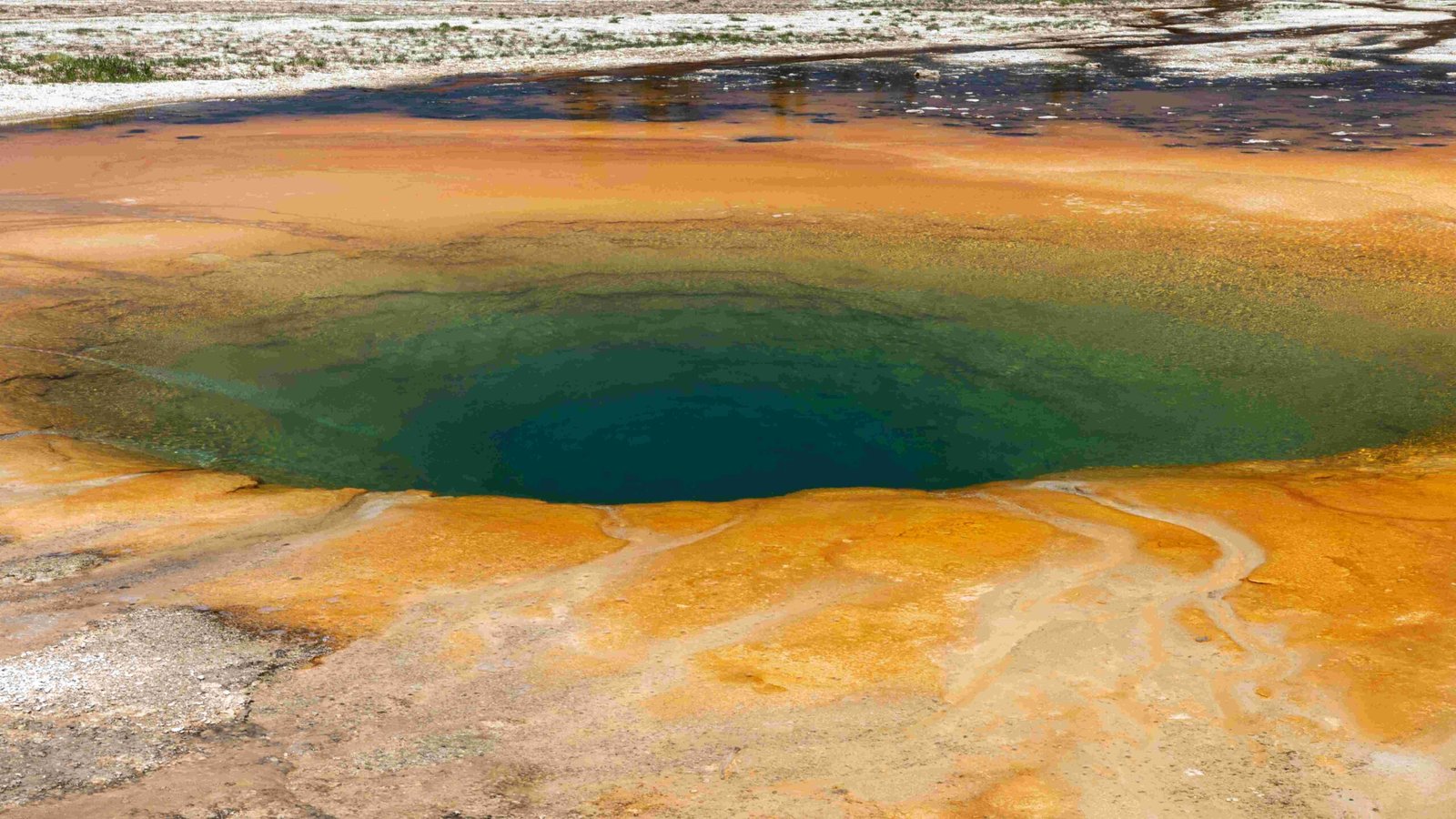Yellowstone National Park is home to diverse water mammals, including river otters and beavers. These species play crucial roles in the park’s aquatic ecosystems, shaping habitats and contributing to biodiversity. This guide explores the characteristics, habitats, and behaviors of water mammals in Yellowstone, offering insights into their conservation and viewing opportunities for visitors.
What Species of Water Mammals Can Be Found in Yellowstone National Park?

Yellowstone National Park hosts two primary species of water mammals:
- North American River Otter (Lontra canadensis)
- American Beaver (Castor canadensis)
North American River Otter
River otters are semi-aquatic carnivores that inhabit Yellowstone’s rivers, lakes, and ponds. Key characteristics include:
- Length: 3-4 feet (including tail)
- Weight: 10-30 pounds
- Diet: Primarily fish, also consumes crustaceans and amphibians
- Behavior: Playful, often seen sliding on snow or ice
American Beaver
Beavers are large rodents known for their dam-building abilities. Notable features include:
- Length: 3-4 feet
- Weight: 30-60 pounds
- Diet: Herbivorous, feeding on bark, twigs, and aquatic plants
- Behavior: Nocturnal, skilled engineers that construct dams and lodges
Where Are the Best Locations to Observe Water Mammals in Yellowstone?

Visitors can spot water mammals in various locations throughout the park:
- River Otters:
- Yellowstone River
- Madison River
-
Yellowstone Lake
-
Beavers:
- Lamar River Valley
- Madison River area
- Various beaver ponds and slow-moving streams
When Is the Best Time to See Water Mammals in Yellowstone?
Optimal viewing times for water mammals in Yellowstone vary:
| Species | Best Time of Day | Best Season |
|---|---|---|
| River Otters | Early morning or late afternoon | Summer |
| Beavers | Dawn or dusk | Summer and early fall |
What Are the Characteristics of Aquatic Habitats in Yellowstone?
Yellowstone’s aquatic habitats are diverse and dynamic:
- Water Temperature: Varies seasonally, ranging from near-freezing in winter to mid-60s°F in summer
- Flow Rates: Influenced by snowmelt and precipitation, with peak flows in spring and early summer
- Vegetation: Includes aquatic plants like water lilies and cattails, as well as riparian species such as willows and cottonwoods
How Do Water Mammals Impact Yellowstone’s Ecosystem?
Water mammals play significant roles in Yellowstone’s ecosystem:
- River Otters:
- Control fish populations
-
Serve as indicators of water quality
-
Beavers:
- Alter landscapes by creating ponds and wetlands
- Enhance biodiversity by providing habitat for other species
What Conservation Efforts Protect Water Mammals in Yellowstone?
Conservation efforts for water mammals in Yellowstone include:
- Habitat protection and restoration
- Water quality monitoring
- Visitor education on wildlife viewing ethics
- Research on population dynamics and habitat use
What Regulations Should Visitors Follow When Observing Water Mammals?
To protect water mammals and ensure visitor safety, Yellowstone enforces the following regulations:
- Maintain a distance of at least 25 yards from water mammals
- Do not feed or approach wildlife
- Stay on designated trails and boardwalks
- Use binoculars or telephoto lenses for close-up views
How Can Visitors Responsibly Observe Water Mammals in Yellowstone?
Responsible wildlife viewing practices include:
- Join ranger-led programs or guided tours
- Visit during optimal viewing times (early morning or late afternoon)
- Be patient and quiet when observing wildlife
- Report any unusual wildlife behavior to park rangers
What Challenges Do Water Mammals Face in Yellowstone?
Water mammals in Yellowstone face several challenges:
- Climate change impacts on water availability and temperature
- Habitat fragmentation due to human activities
- Potential conflicts with human visitors
- Water pollution from various sources
By understanding these challenges, visitors can better appreciate the importance of conservation efforts in Yellowstone National Park.
References:
1. Mammals – Yellowstone National Park
2. Wildlife – Yellowstone National Park
3. List of mammals of Yellowstone National Park

